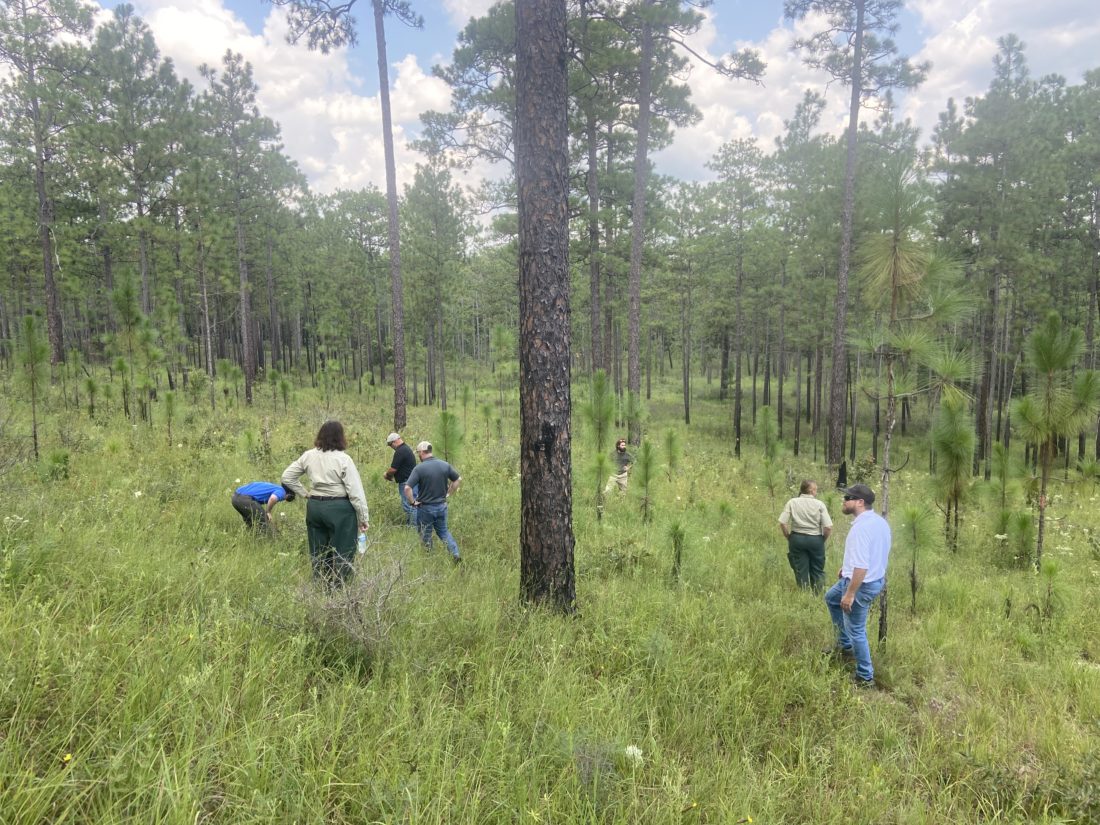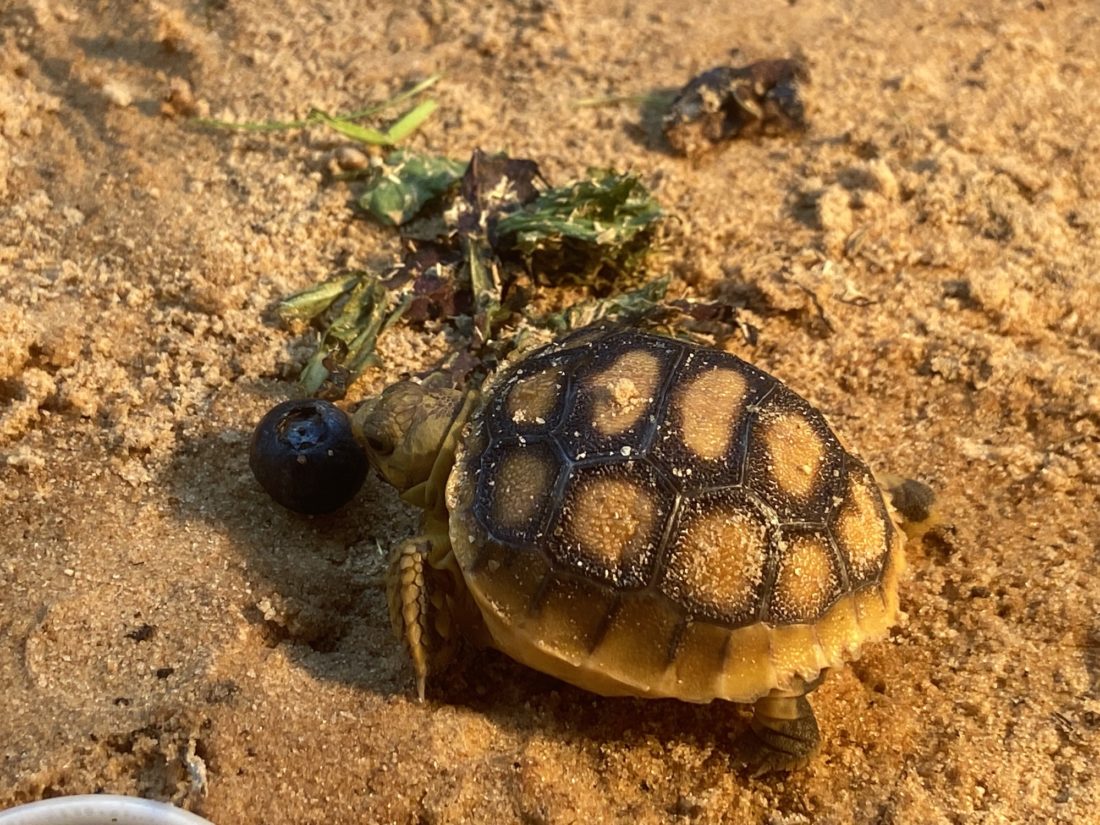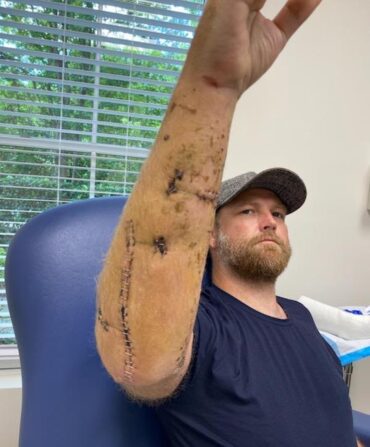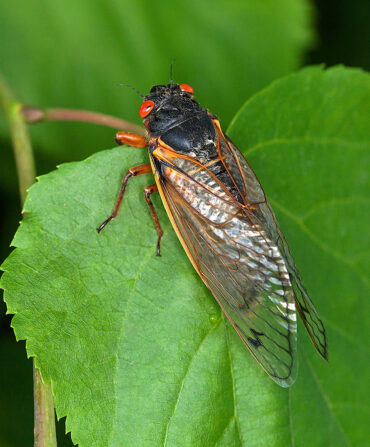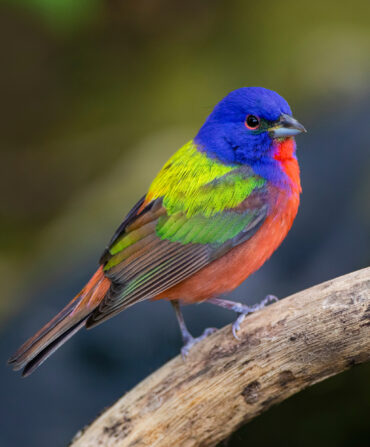Off Highway 98 between Mobile, Alabama, and Hattiesburg, Mississippi, sits Camp Shelby Joint Forces Training Center, a sprawling, 135,000-acre military base that hosts some 100,000 personnel annually. And among the barracks, training fields, and office buildings sits one small, squat building—little more than a shed—that holds 186 young and fast-growing gopher tortoises.
The tortoises are there because of the Nature Conservancy’s Jim Lee, who works full-time at Camp Shelby in concert with a range of partners—including the U.S. Fish and Wildlife Service and the U.S. Forest Service—to pump life into the dwindling populations of aging tortoises on the base. It may seem an unlikely alliance, but the Department of Defense maintains dedicated conservation funds and works closely with U.S. Fish and Wildlife to manage threatened species. As military bases often offer broad stretches of uninterrupted habitat, they can be refuges for imperiled ecosystems such as longleaf pine forest (in Camp Shelby’s case) as well as the species that rely on them, including red-cockaded woodpeckers, quail, and of course, gopher tortoises.
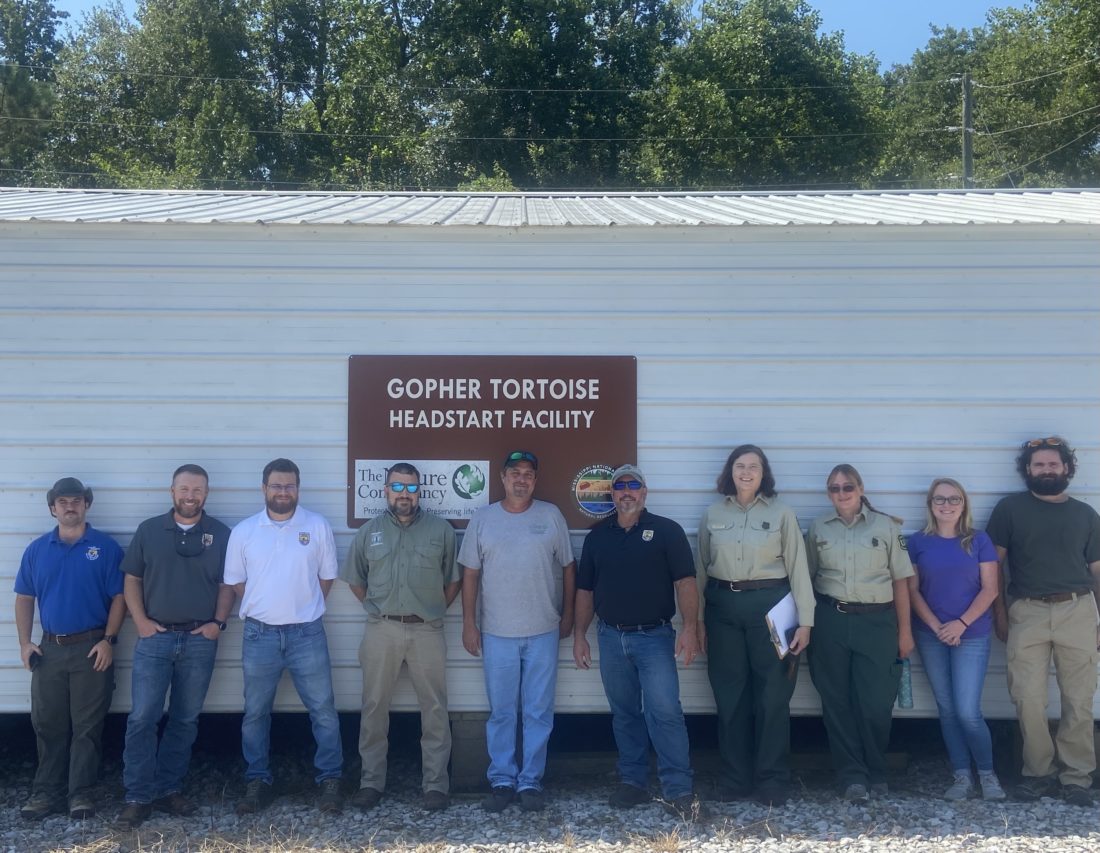
The turtles are well worth the trouble: Expert diggers, they are a keystone species whose sloping burrows—which sometimes reach lengths of up to forty feet—can house at least 300 other species, from indigo snakes and gopher frogs to rodents and insects. The tortoises were once abundant in the longleaf pine ecosystems that blanketed 90 million acres from Texas to Virginia, but their numbers have dwindled by 80 percent alongside the lost forests.
On a recent late summer day, a group of nine stakeholders from the partnership gather in the shed at Camp Shelby, where shelves hold plastic bins equipped with sandy soil, heating lamps, and bits of PVC pipe that serve as makeshift burrows for baby turtles. Within their tubs, the tortoises munch on snacks of blueberries. Some are freshly hatched, with shells no bigger than golf balls. Others, at five years old, are the size of dinner plates.
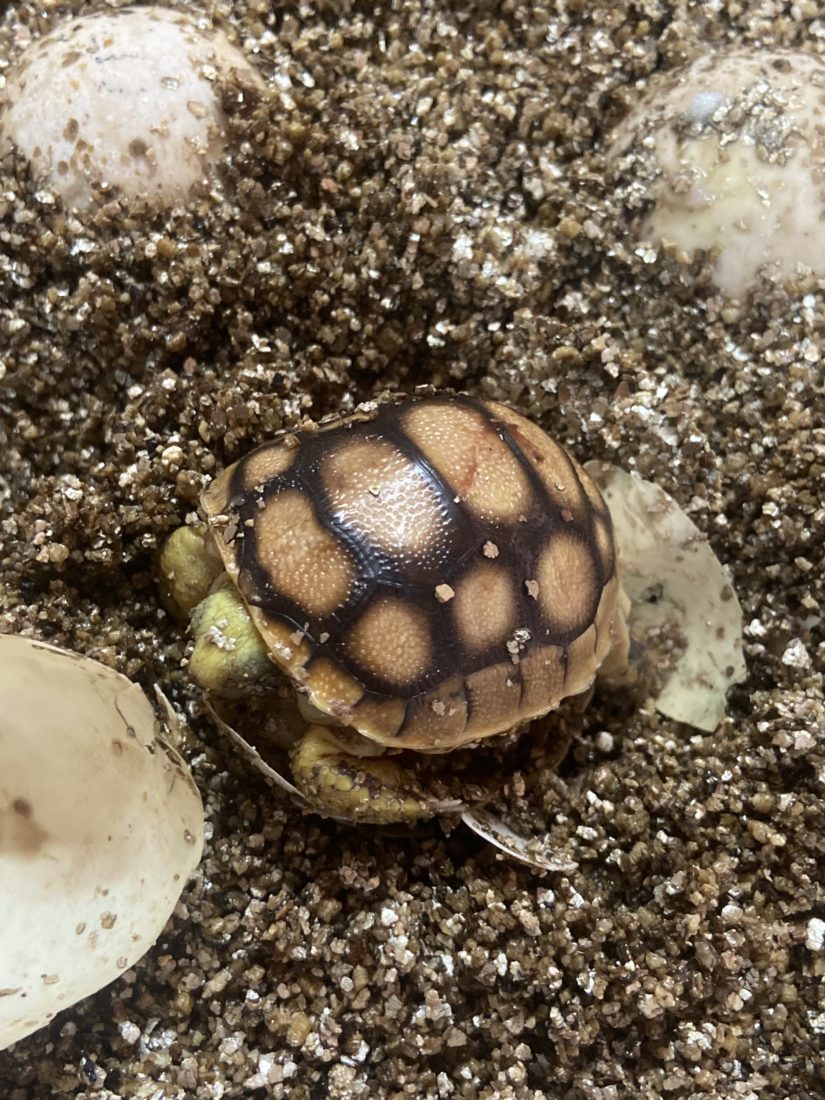
In the wild, each of the roughly five eggs in a gopher tortoise nest has a 35 percent chance of hatching. After that, the hatchling has a 95 percent chance of being eaten or dying within the first year of its life. Every spring, when females lay eggs, Lee, his team, and John Tupy of U.S. Fish and Wildlife go out and whisk all the eggs they can find from wild nests on the base and bring them back to the lab for incubation. “And let’s just say, they have a way better chance with us,” Lee says.
Each tortoise enjoys optimal conditions upon hatching—perfect temperatures, no predators, ample food (a classic spring mix of lettuce combined with pellets of all the nutrients they need, plus frequent blueberries and other fruit treats; Lee observes wryly that they eat better than he does). Lee has spent a decade fine-tuning the recipe for how to raise them, and he’s finally settled on two years old as the sweet spot for release back into the wild; it’s expensive to maintain hundreds of hungry tortoises at a time, and at two they’re past the most vulnerable stage of their lives and big enough to reproduce.
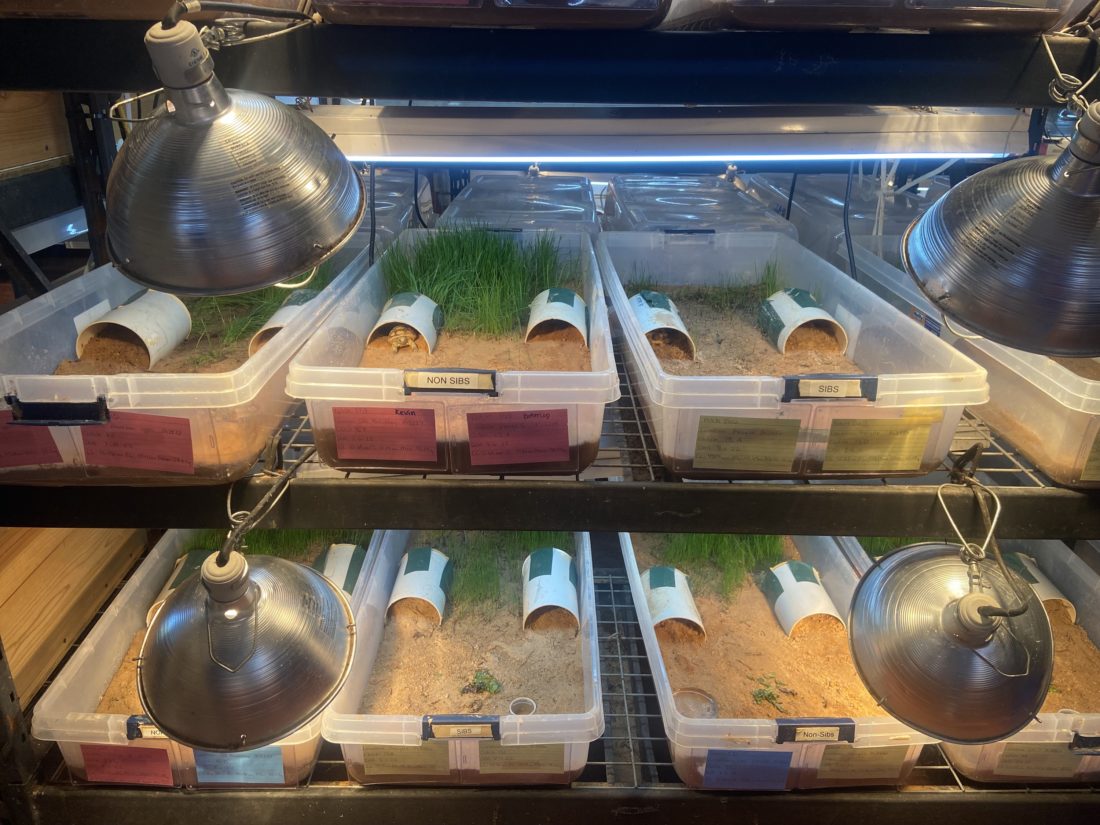
“But without the habitat, none of this matters,” points out Leo Miranda-Castro, the Southeastern director of the U.S. Fish and Wildlife Service, who is part of the day’s gathering. Last year, he presented Camp Shelby with an award recognizing its conservation work; in addition to the gopher tortoise program, longleaf pine restoration is underway at different sites around the base. Much of the forest is choked with underbrush from fire suppression and dominated by other species of pine, like loblolly. Restoring an overgrown longleaf plot is a long process; it can take three or four years to kill back the underbrush and establish a burning regime that mimics the historic frequency of fire. Only then can open, sun-soaked longleaf pine savanna thrive.
Interestingly, military activity and gopher tortoise habitat are compatible. “Impact areas are actually some of the best tortoise habitat,” explains Chris Potin, Camp Shelby’s natural resource specialist. He’s referring to places where the military tests out missiles and bombs; on the base, there’s a ten-thousand-acre impact area where tortoise populations have actually performed best. As Miranda-Castro notes, the explosions and fires aren’t that different from what would have happened in a longleaf system historically. During naturally occurring fires, tortoises retreat to their burrows (“at least they should,” Lee jokes, “and if they don’t, I don’t want them in my gene pool”).

To date, Camp Shelby’s program has raised and released 584 gopher tortoises at three restored sites. At one of the sites, we pay a visit to Viper, a large male who, when Lee lies down at the burrow entrance and thumps, comes charging up to defend his home. (“He always comes up to fight my big, ugly face,” Lee chuckles.) The team’s long-term goal is to create a large colony of around 250 individuals like Viper, with a connected tract of longleaf habitat big enough to sustain them. As we are driving back to the tortoise shed, we see wisps of smoke floating overhead—today, the team is conducting a burn on another one of the plots tagged for restoration. A line of low flame crackles quietly in the brush as we drive by, the sound of a healthy ecosystem in the making.
We pass helicopters, tanks, a line of barracks, and a museum dedicated to Camp Shelby’s history. On a dirt road, someone at the front of the caravan slams on the brakes and jumps out of the car. “Gopher tortoise!” she calls. We pile out, all ten of us, and crowd around to admire the reptile, which cranes its head out to peer back at us. Lee identifies it as one of the babies hatched in the shed and released here two years ago. “Well,” says Lee, watching as his former charge hurries down a nearby burrow, propelled by muscular front legs, “that right there is the fruit of our labor.”
